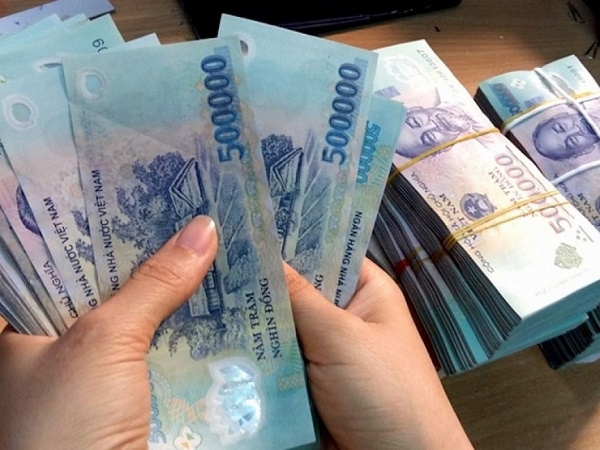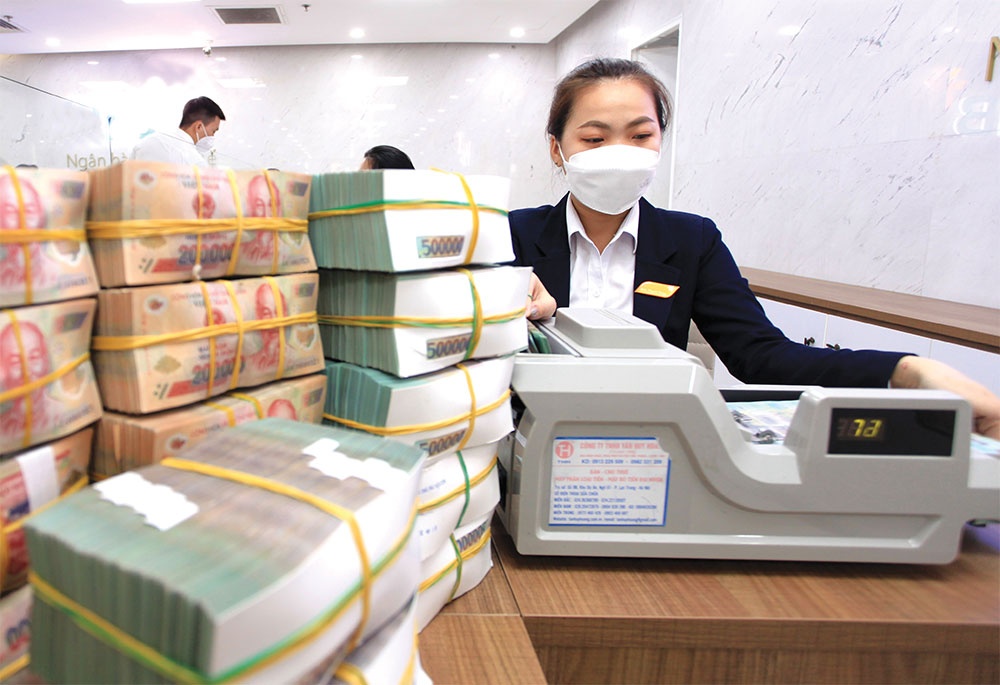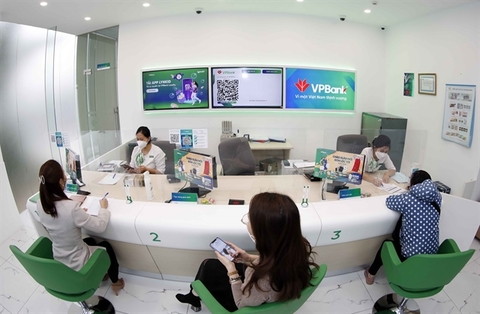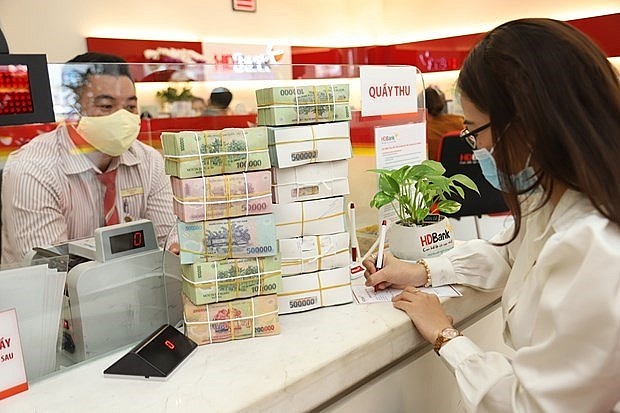Banks urged to reduce costs to cope with NIM drops
Banks urged to reduce costs to cope with NIM drops
To ensure net interest margin (NIM), banks are often choosing to raise output interest rates for borrowers but reduce the ability to fulfill debt obligations, while the central bank has also requested cuts in admin and expenses.

VIB’s latest financial report shows that at the beginning of 2023 its NIM reached 4.5 per cent, thanks to a retail-focused strategy and high-quality medium and long-term mobilised capital, while maintaining the stability of liquidity and interest rates in the context of market volatility. Similarly, HD Saison’s strong recovery is thought to have contributed to the expansion of HDB’s NIM.
MSB has announced business results in 2022 showing that its NIM was at a good growth rate compared to the previous year, reaching 4.5 per cent. A senior MSB leader said that it is the result of a strategy focusing on promoting business activities in the personal customer segment, applying digitalisation for new, market-appropriate products combined with effective coordination of high-quality mobilised capital.
However, not every bank’s NIM has improved. A senior leader of VietinBank said that its NIM decreased mainly because it has outstanding loans and interest according to the country’s interest rate support programme, topping the whole banking system with a loan balance of nearly VND9 trillion ($383.8 million). On the other hand, as corporate bonds often have higher interest rates than ordinary loans, in the context of the corporate bond market’s difficulties, it has adversely affected NIM.
The leader added that one of the reasons for the decline in NIM is that the mobilisation with high interest rates can increase the input costs of banks. To ensure NIM, banks often choose the solution of raising output interest rates for borrowers.
In the current difficult economic context, this contributes to reducing borrowers’ ability to fulfill their debt repayment obligations, which will affect banking asset quality.
Data from the State Bank of Vietnam (SBV) up to the end of 2022 showed that the whole system’s credit increased by 12.87 per cent compared to the end of 2021. Meanwhile, deposits flowing into the system through organisations and individuals only increased by about 5.99 per cent compared to the beginning of the year.
At the end of last year, the SBV requested that credit institutions continue to reduce operating costs, administrative procedures, and unnecessary expenses to have room to reduce lending interest rates. “The SBV will monitor cases where institutions continue to raise interest rates and take measures to deal with them,” said an SBV document.
More specifically, the operator requested to control the savings interest rate below 9.5 per cent, but in fact, surveys showed that there were still some banks with higher deposits. According to experts, the consequences of the interest rate race can be seen in the first quarter of 2023.
Indeed, according to a recent summary by Bao Viet Securities Company (BVSC), the average 12-month deposit interest rate in January continued to increase by 7 basis points (bps) compared to December, to 8.49 per cent. Thus, 12-month deposit rates increased by 268 bps over the same period. Meanwhile, the 6-month term averaged 7.92 per cent, up 11 bps from the December average and 292 bps over the same period.
Elsewhere, last week the US Federal Reserve raised interest rates by 0.25 percentage points to 4.5-4.75 per cent. Similarly, the European Central Bank and the Bank of England also held policy meetings and raised interest rates by 50 bps, the highest level since 2008.
“The major central banks in the world raising interest rates will certainly have certain impacts on Vietnam’s economy, including interest rates in the money market,” said economist Nguyen Tri Hieu.
BVSC believes that the pressure to raise interest rates will remain as central banks around the world still have plans to raise interest rates, especially the Fed. Besides that, when the credit balance in the system in the past year exceeded the mobilisation level, domestic banks are also under pressure to attract deposits to ensure capital adequacy criteria, so interest rates may need to be increased.
In addition, the SBV also has the task of stabilising prices, especially in the first months of this year when inflation pressure has started since the previous quarter and is still considerable, with BVSC forecasting that it may exceed the inflation target by 4.5 per cent in the first months of the year. Therefore, interest rates are unlikely to see a downward movement in the first months of 2023.
Tran Thi Khanh Hien, head of Analysis at VNDirect Securities, added that the SBV will continue to tighten monetary policy in the next couple of years, in the context of macroeconomic fluctuations.
“Specifically, the real estate market and corporate bonds are facing many difficulties. The Fed’s hawkish policy has put pressure on the exchange rate, interest rates, and inflation. Along with liquidity stress, the banking industry will face increased capital costs in 2023,” said Hien.
Although interbank interest rates have cooled down at the end of 2022 after a period of strong increase due to the SBV’s withdrawal of VND from the system to balance the exchange rate and businesses buying back bonds ahead of time, the interbank interest rate is forecasted to stay around 5-6 per cent for the overnight term.
“After the SBV raised the operating interest rate by 200 bps, commercial banks quickly raised deposit interest rates for all terms and in 2023, when the capital cost of the banking industry will increase sharply, banks’ NIM will also shrink. I think it will be quite difficult for asset yield to increase strongly enough to compensate because lending interest rates are difficult to increase sharply when the government is also calling for interest rate reductions to share the burden with customers,” said Hien.




















